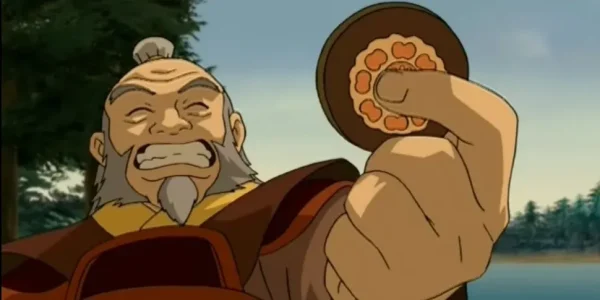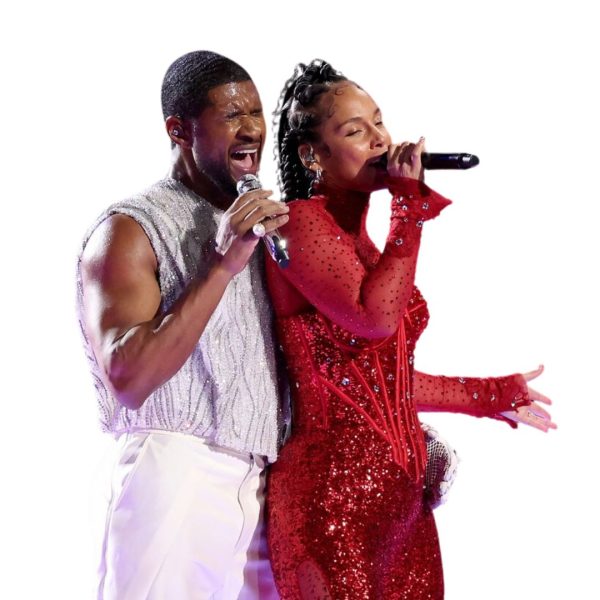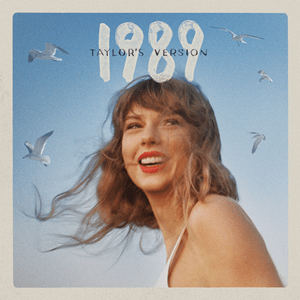Brief Book Reviews
These books aren’t part of EHS curriculum, but are perfect for when you get the chance to branch out!
March 31, 2021
The Elkhorn High english curriculum usually keeps us busy throughout the school year, but occasionally students are given the opportunity to choose a book to read of their own preference. These are 8 of our recommendations!
- Sharp Objects by Gillian Flynn (2006)
- This book is a thriller about Camille, a young journalist fresh out of a psychiatric hospital who returns to her hometown to report on the killings of two teenage girls. Camille stays with her mother and half sister, Amma. Their relationship is highly strained because Camille’s mother preferred her younger sister, Marian, who died of unknown illness at a young age. Amma, born long after Camille and Marian, is spoiled and manipulative, and acts exceedingly childish around her mother to hide her drug use and promiscuity. This book has a creepy and haunting twist ending, and keeps readers turning page after page.
- This is Flynn’s debut novel, followed by Dark Places and Gone Girl, and is a relatively short read.
- Content warning for self-harm & drug use
- Catch-22 by Joseph Heller (1961)
- Catch-22 is a satirical fiction about World War II. Heller tells the story of a US Army Squadron, using several different points of view to complete stories, and a warped, jumpy timeline to cushion readers until the final few chapters. The book’s repetitive nature and consistent use of circular reasoning underscores the absurdity and paradoxical nature of war and the cyclical abuse of power that occurs at the expense of everyday people. The characters are infuriating at times, but hilarious at others. Much of the plot seems unbelievable and nearly fantastical, but Heller manages to use that to his advantage, hammering home his messages. Though the book is a darker piece, there is a light at the end of the tunnel, and readers will enjoy the highs and lows of Heller’s entrancing work.
- This is a longer book, but is considered an American classic and Heller’s best work.
- Bonus: This book is considered an “AP Book” and can be referenced on the AP Literature test!
- The Picture of Dorian Gray by Oscar Wilde (1890)
- The Picture of Dorian Gray is the only novel by Oscar Wilde, and was heavily criticized in its time. Wilde’s editor retracted several hundred words without telling him, fearing that the book was indecent and violated morality laws, but the original version has since been published. In the book, a young and beautiful Dorian Gray gets a portrait done of himself by an artist that was taken by Gray’s beauty. Overtaken by his own looks, Gray sells his soul to preserve his youth as shown in the painting, and he never ages. Consumed by vanity, Gray grows debaucherous, mean, and self-indulgent. This book’s ending delivers a strong message on the toll that narcissism takes on one’s conscience and a criticism of the superficiality of society.
- Bonus: This book is considered an “AP Book” and can be referenced on the AP Literature test!
- The Yellow Wallpaper by Charlotte Perkins Gilman (1892)
- This short story is written as a series of journal entries by Jane, a woman who suffers from depression after giving birth to her first child. Her husband rents a summer home and keeps her there, unable to leave, believing it will cure her “hysterical tendencies.” She describes the sickly yellow wallpaper in the room, and gradually convinces herself that there is a woman trapped within the designs of the wallpaper. The haunting end to this short story delivers an honest commentary on the minimization of women’s health (especially given its time period) and is an important staple of feminist literature.
- This is a short story, and will only take a couple of minutes to read, but carries heavy subject matter and is still quite relevant in modern society.
- Bonus: This short story is considered an “AP Book” and can be referenced on the AP Literature test!
- The Bell Jar by Sylvia Plath (1963)
- This novel, written by Sylvia Plath, chronicles a young woman’s mental breakdown and eventual recovery, while also exploring societal expectations of women in the 1950s. The Bell Jar details the life of Esther Greenwood, a university student who dreams of becoming a poet. She is selected for an internship in New York City, but struggles with identity and societal norms. Plath’s novel was published posthumously.
- Content warning for suicide, mental health issues, etc.
- Flowers For Algernon by Daniel Keyes (1957)
- Daniel Keyes’ novel, Flowers For Algernon, is one of the great science fiction stories circling around the theme of Man Playing God. Algernon is a laboratory mouse who has gone under surgery to increase his intelligence. The story is told in a series of journal entries and progress reports written by Charlie Gordon- the first human subject for the surgery. This novel touches on the ethics and morals of studies, and especially the treatment of the mentally disabled.
- We Have Always Lived In The Castle by Shirley Jackson (1962)
- Jackson’s final work is written in the voice of an 18-year-old “Merricat” Blackwood, who lives with her sister at her Uncle Julian’s home in Vermont. Six years before the novel, the Blackwood family experienced a tragedy that left the three survivors isolated from the rest of their small town. Uncle Julian, who uses a wheelchair, obsessively writes notes for memoirs, while Merricat’s elder sister Constance cares for him. A stark commentary on isolation and feelings of alienation lies at the front of this mysterious novel. In We Have Always Lived In The Castle, there is deep exploration of love and devotion in all of life’s strange occurrences.
- If Beale Street Could Talk by James Baldwin (2018)
- If Beale Street Could Talk is a 1974 novel by James Baldwin, and it tells of a love story in Harlem. The book follows the lives of a young black couple named Tish and Fonny against the backdrop of white racism. A criticism of the criminal justice system tied in with a love story is what makes Baldwin’s first female-narrated novel one of the most widely known. Baldwin’s literary career spanned four decades, from 1947 to 1987—a time when the United States witnessed many seismic political and cultural shifts, and during which Baldwin’s own artistic vision evolved.













